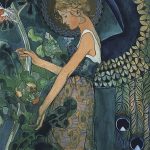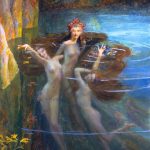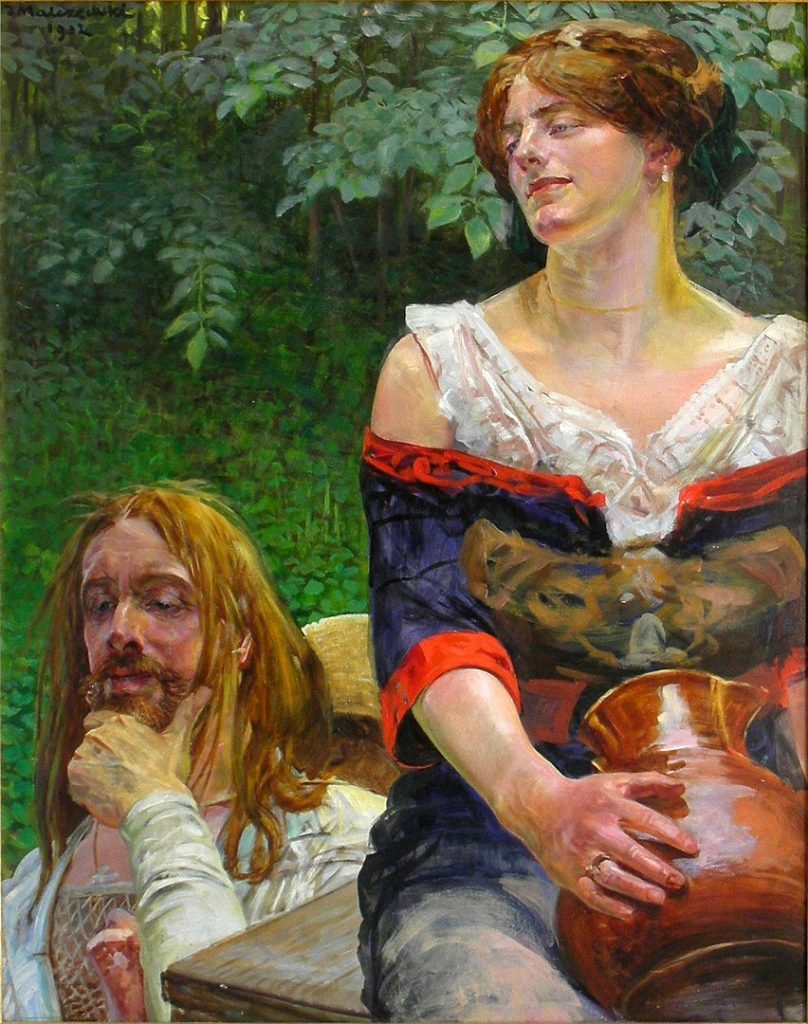
Jacek Malczewski (1854–1929) was a prominent Polish Symbolist painter associated with the turn of the 19th and 20th centuries. He is considered one of the most important figures in Polish art, known for his symbolic and allegorical works that often reflected national, historical, and philosophical themes.
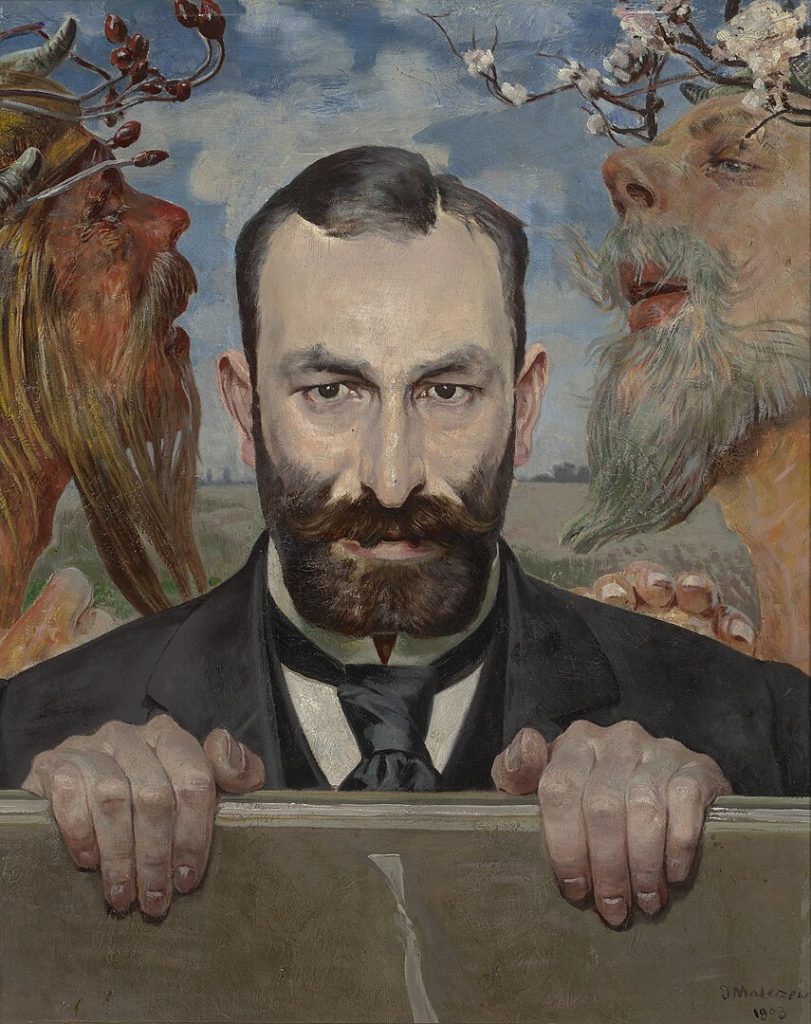
- Early Life and Education: Malczewski was born on July 15, 1854, in Radom, Poland. He came from a family with artistic inclinations; his father, Antoni Malczewski, was a renowned Polish Romantic poet. Jacek studied at the Academy of Fine Arts in Krakow, where he was exposed to various artistic influences.
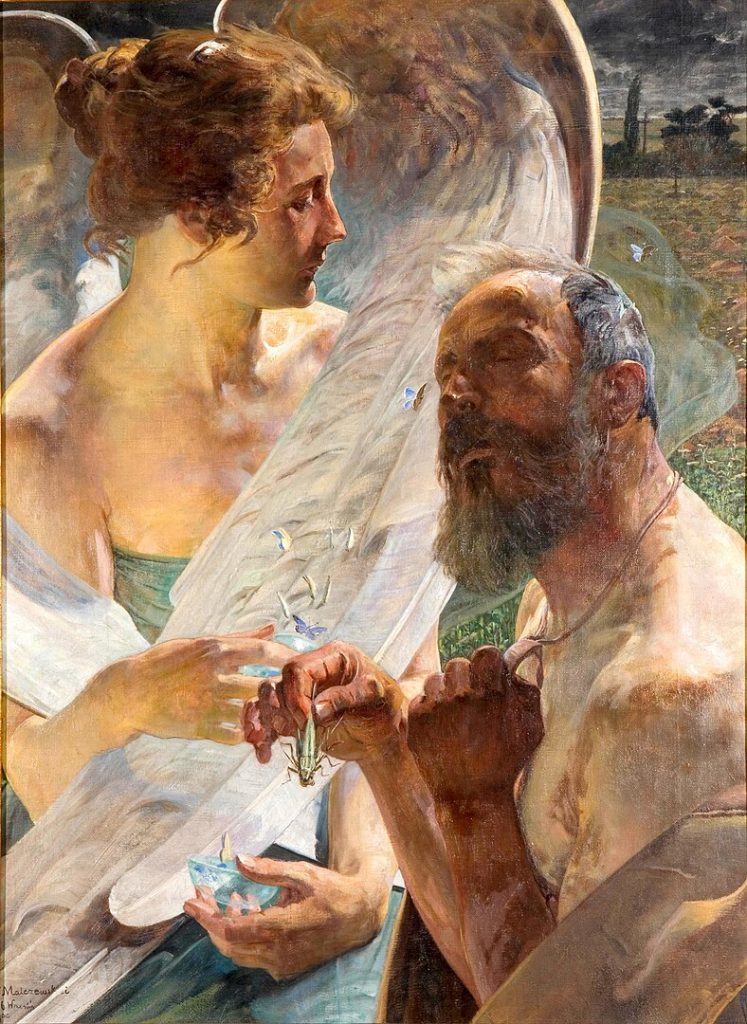
- Symbolism: Malczewski is often regarded as a leading figure of the Symbolist movement in Poland. Symbolism, as an artistic and literary movement, emphasizes the use of symbols to convey ideas and emotions. Malczewski’s paintings are rich in symbolism, exploring themes of spirituality, mysticism, and national identity.
- Młoda Polska (Young Poland): Malczewski was associated with the “Młoda Polska” (Young Poland) movement, which sought to redefine Polish culture and arts at the turn of the 20th century. The movement embraced symbolism and sought to express the complexities of the human psyche.
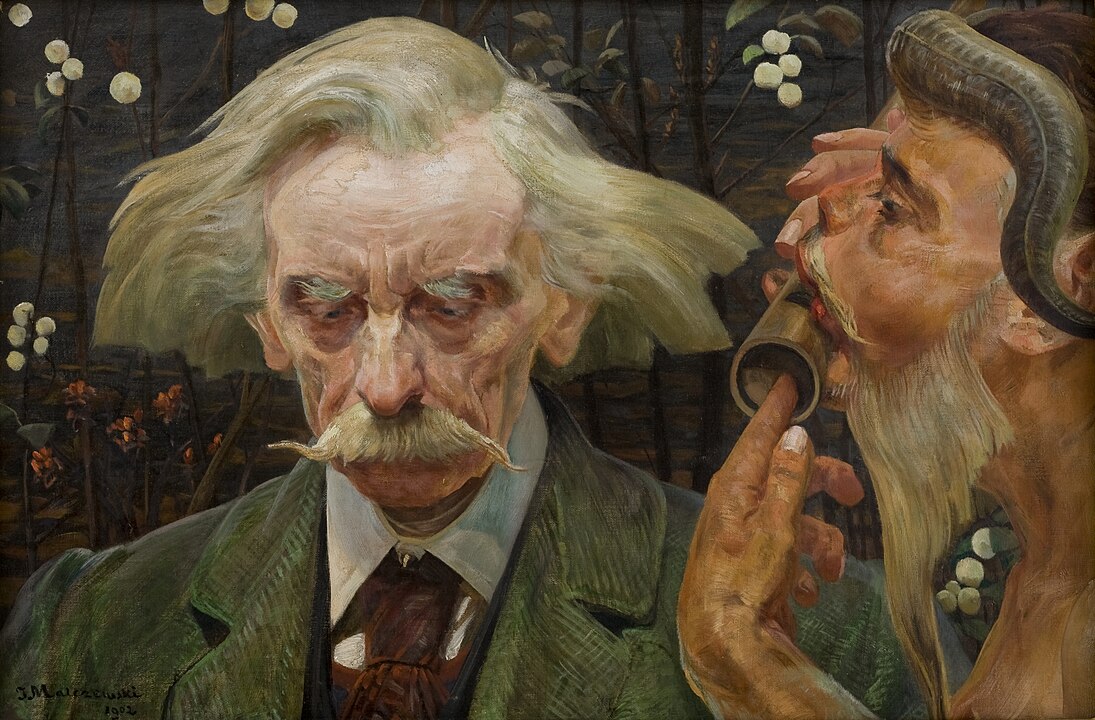
- National and Historical Themes: Many of Malczewski’s works are characterized by their focus on Polish history and national identity. One of his most famous paintings, “Melancholia,” is often seen as an allegory for the suffering of Poland during a period of partition and occupation.
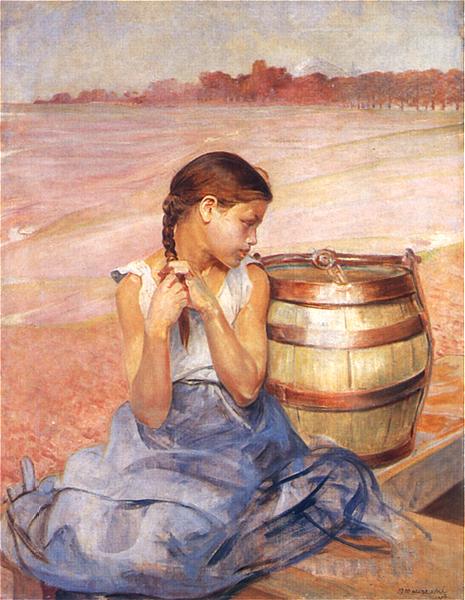
- The Four Polish Muses: In a series of paintings known as “The Four Polish Muses,” Malczewski depicted female allegorical figures representing different aspects of Polish culture and history: Poetry, Independence, Arts, and Motherhood.
- Influence and Recognition: Malczewski’s symbolic and allegorical approach to painting gained recognition not only in Poland but also in the broader European context. He exhibited his works in major European cities and received acclaim for his contributions to Symbolist art.
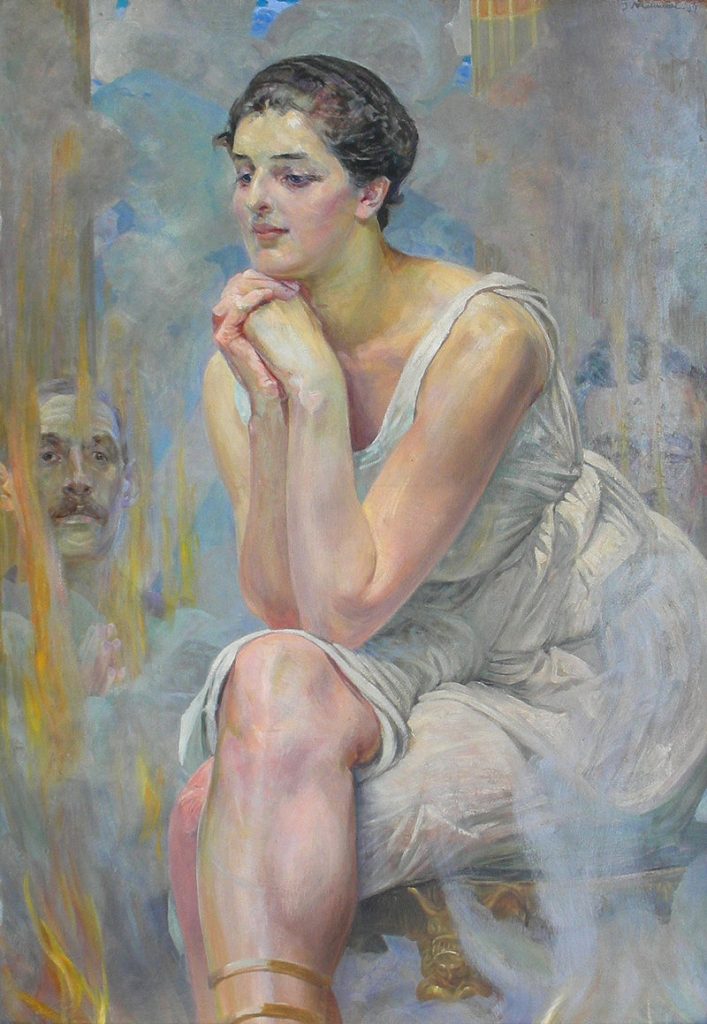
- Later Years: In the later years of his career, Malczewski continued to produce significant works, exploring themes related to Christian mysticism and mythology.
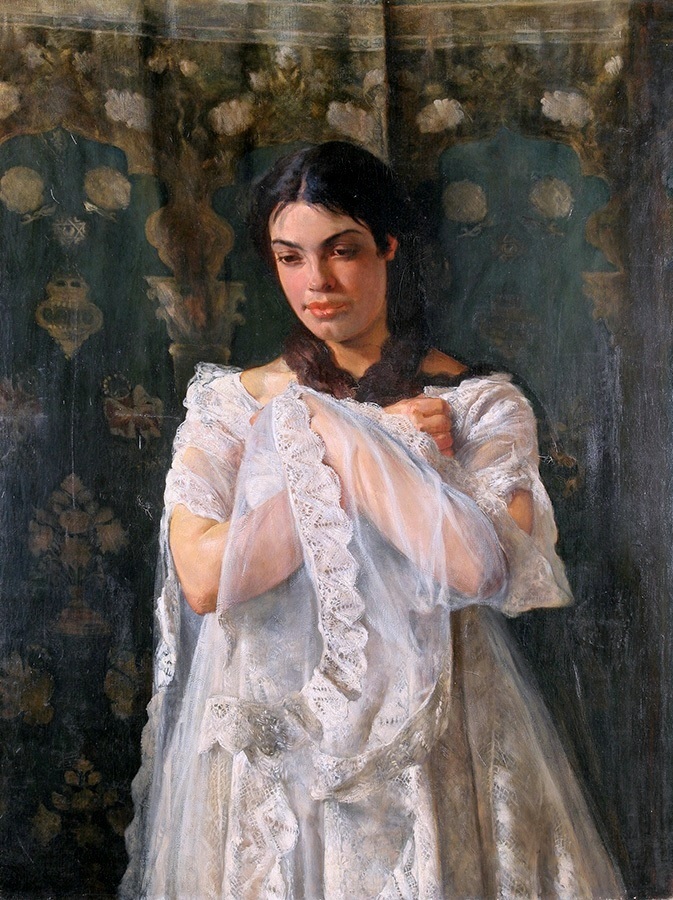
- Legacy: Jacek Malczewski is considered a pioneer of Symbolism in Polish art. His contributions to the cultural and artistic landscape of Poland are widely acknowledged, and his influence extends beyond his lifetime. His paintings are held in major art collections and museums, and his legacy endures as an integral part of Polish art history.
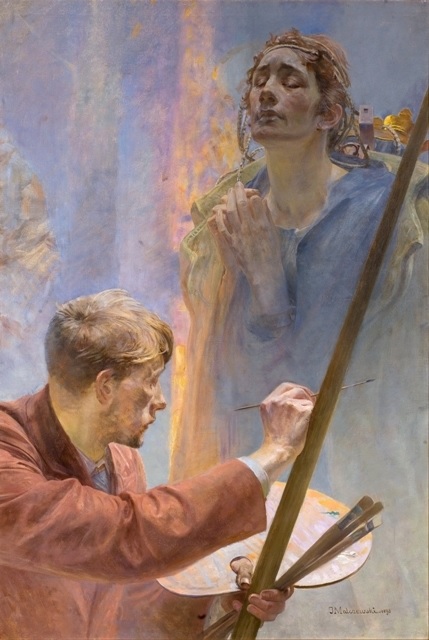
Jacek Malczewski passed away on October 8, 1929, in Krakow, leaving behind a body of work that reflects not only his artistic talent but also his deep engagement with the cultural and historical currents of his time.



